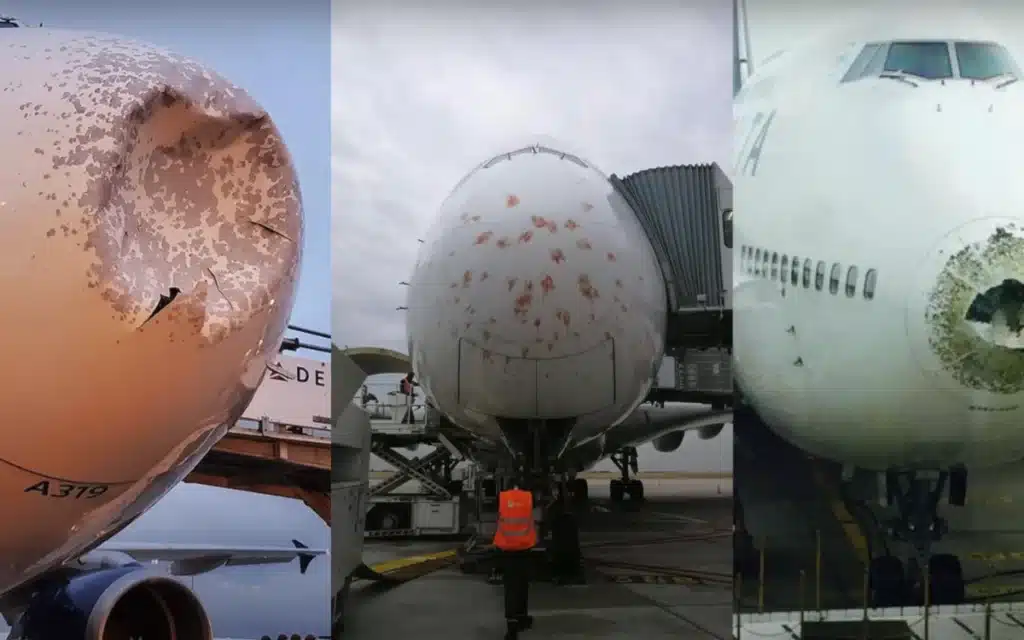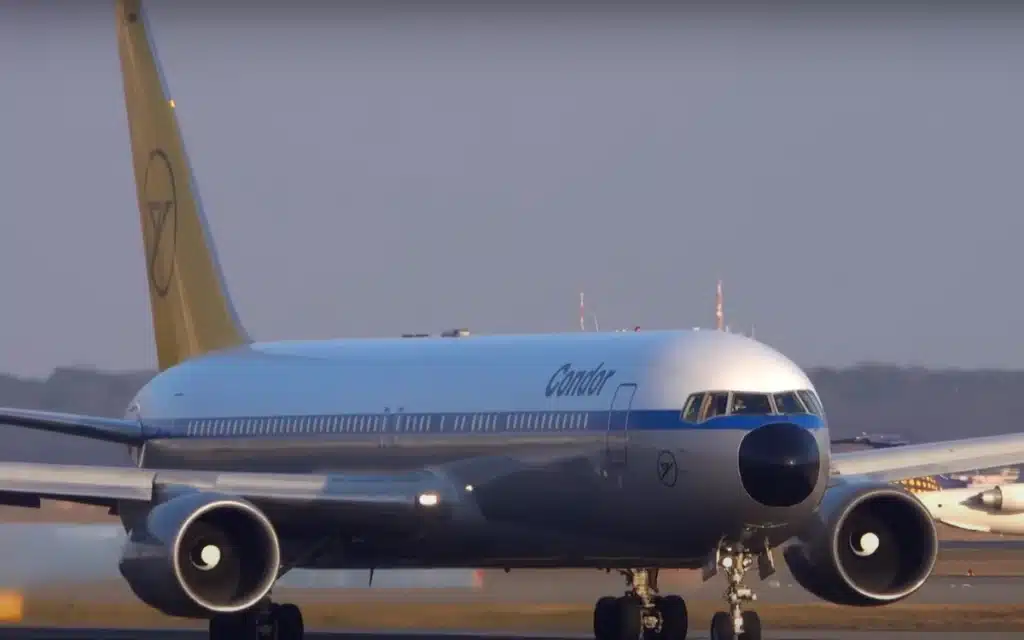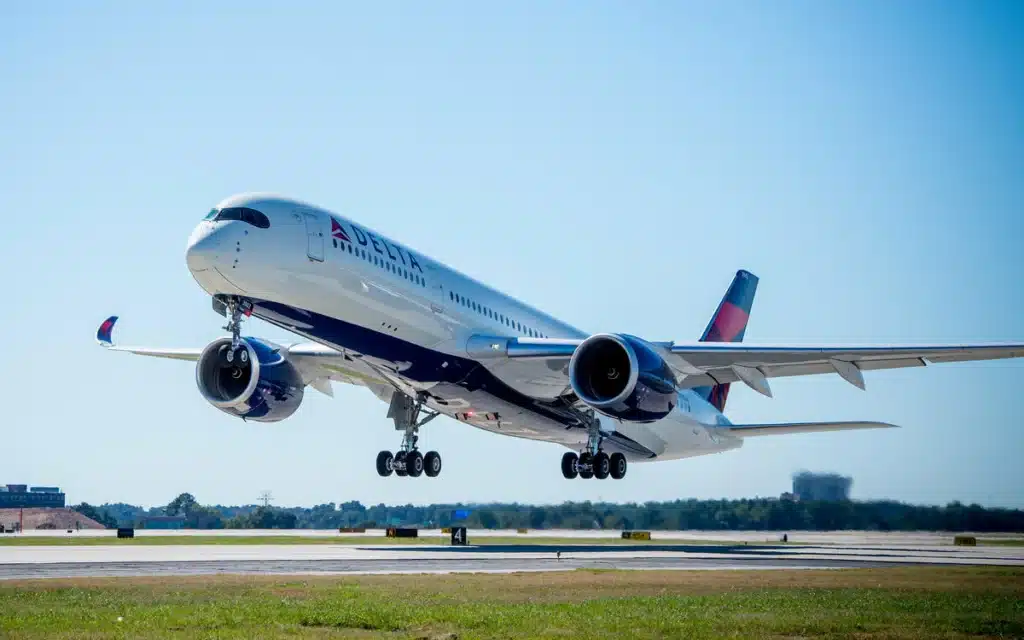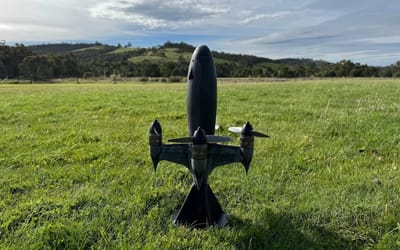This is what the black shape on the front of old airplanes used to do and why it no longer exists
Published on Aug 08, 2025 at 8:30 AM (UTC+4)
by Jason Fan
Last updated on Aug 08, 2025 at 10:06 AM (UTC+4)
Edited by
Kate Bain
The black shape often seen on the front of old airplanes wasn’t just an aesthetic choice, as it actually served a very specific purpose.
In the early days of commercial and military aviation, these darkened nose sections were an important part of keeping flight safe and efficient.
While many passengers assumed they were purely cosmetic, they were actually tied to vital navigation and visibility needs.
Today, that once-common feature has all but disappeared from modern aircraft, thanks to advances in materials and technology.
VISIT SBX CARS – View live supercar auctions powered by Supercar Blondie
The black shape on old airplanes has a very practical purpose
The rounded nose of many old airplanes housed a radar unit known as a radome: a structural cover made from radar-transmitting materials like fiberglass.
Early on, these radomes were vulnerable to surface abrasion and damage.

To protect them, airlines initially applied black rubber covers, which were soon replaced by more cost-effective black paint over the radome area.
Additionally, on old airplanes like the early Boeing 747s, a black-painted area beneath the cockpit windows served as an anti-glare shield, absorbing sunlight rather than reflecting it and improving pilots’ visibility.
The choice of black was driven by functionality.
The black paint acted as a durable barrier for the radome, preventing debris damage.
It also has the added benefit of doing so without interfering with radar signals, unlike metal alternatives.

Moreover, black paint adhered well to radome materials and was inexpensive, unlike certain lead-based fuselage paints that could interfere with sensitive electronics.
If you don’t think the color of the paint matters, you might want to reconsider.
After all, Pepsi didn’t think they were doing anything wrong when they repainted a Concorde in their company’s colors, but it ended up having a major impact on the plane’s performance.
There are actually some very good reasons for why almost all planes are painted white.
Airplanes are built tougher these days
So why don’t we see black paint on aircraft noses anymore?
Well, advancements in materials and radar technology gradually made the black-painted nose obsolete.

Modern radomes are built from more resilient composites, reducing the need for extra surface protection.
In addition, airline branding shifted toward sleeker, uniform liveries.
With no operational disadvantage, painting the nose to match the fuselage became standard practice for aesthetics and marketing.
While advances in technology has made the black shape on airplanes obsolete, aviation enthusiasts will always remember the iconic look.
DISCOVER SBX CARS: The global premium car auction platform powered by Supercar Blondie
Jason Fan is an experienced content creator who graduated from Nanyang Technological University in Singapore with a degree in communications. He then relocated to Australia during a millennial mid-life crisis. A fan of luxury travel and high-performance machines, he politely thanks chatbots just in case the AI apocalypse ever arrives. Jason covers a wide variety of topics, with a special focus on technology, planes and luxury.




